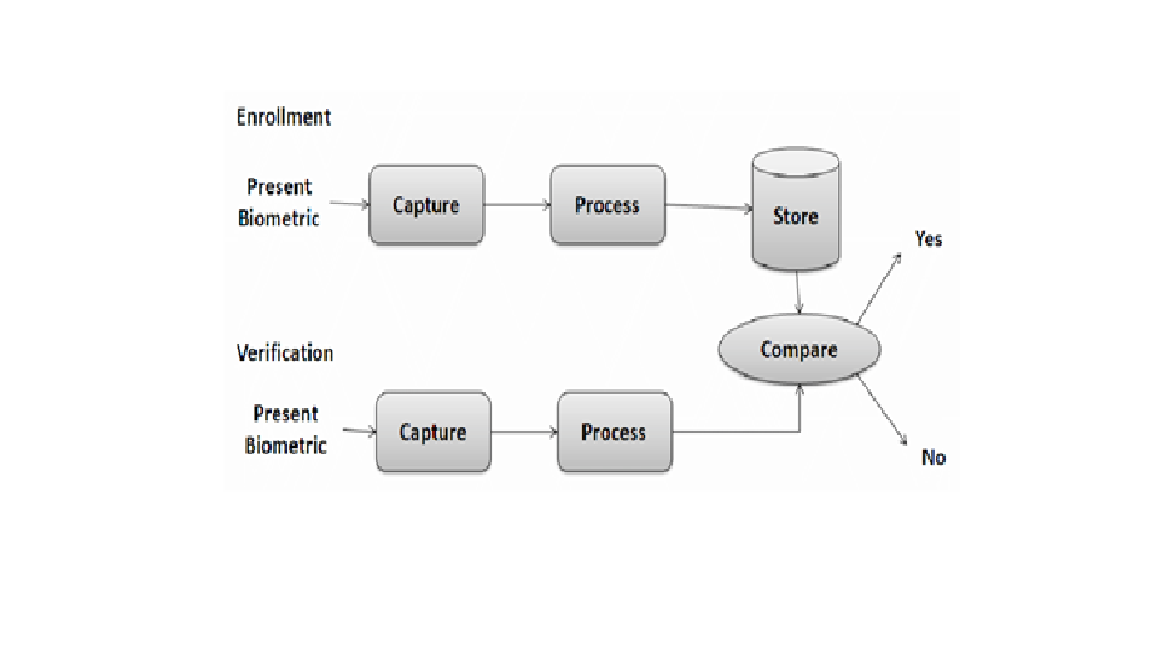Biometric Authentication Systems: Advances in Security and Usability
Main Article Content
Abstract
Biometric authentication systems have emerged as a vital component in securing digital and physical environments by leveraging unique physiological and behavioral traits such as fingerprints, facial features, iris patterns, and voice recognition. Recent advancements in artificial intelligence, machine learning, and sensor technologies have significantly enhanced the accuracy, reliability, and efficiency of these systems. This paper explores the latest innovations in biometric authentication, emphasizing their impact on both security and usability. Key developments include multi-modal biometric fusion, anti-spoofing techniques, and privacy-preserving models to counter evolving cyber threats. Moreover, usability enhancements, such as contactless and real-time authentication, have improved user experiences and expanded the adoption of biometric solutions in various sectors, including finance, healthcare, and public security. Despite these advancements, challenges remain, including concerns around data privacy, ethical considerations, and system vulnerabilities. This review provides a comprehensive analysis of current trends and outlines future directions for creating secure, user-friendly biometric systems that meet the evolving demands of modern society.
Downloads
Article Details

This work is licensed under a Creative Commons Attribution-NoDerivatives 4.0 International License.
